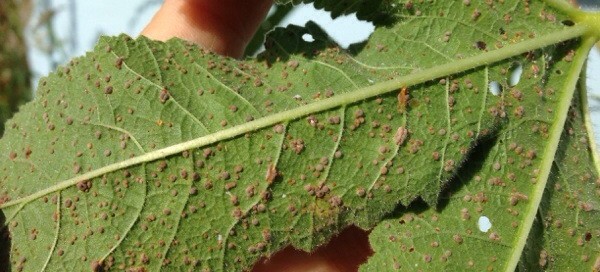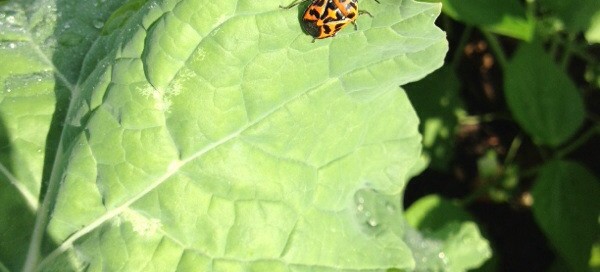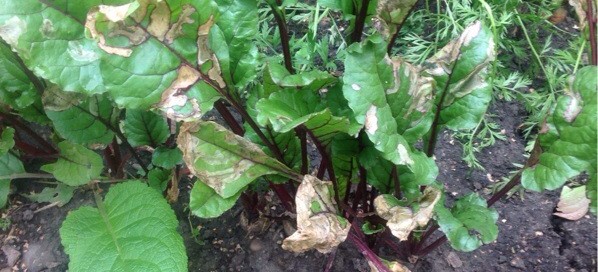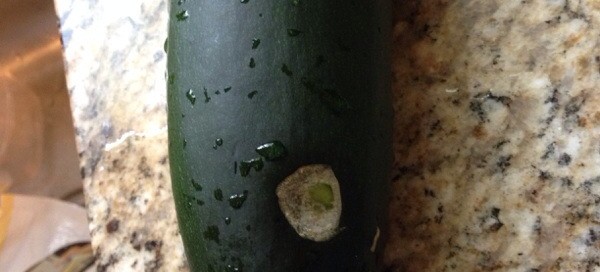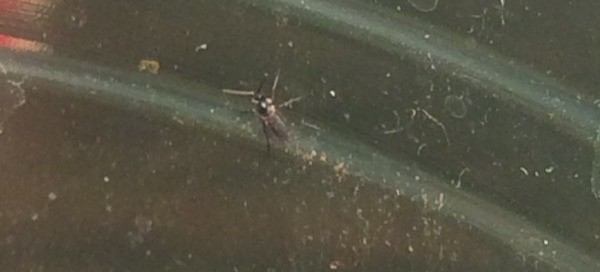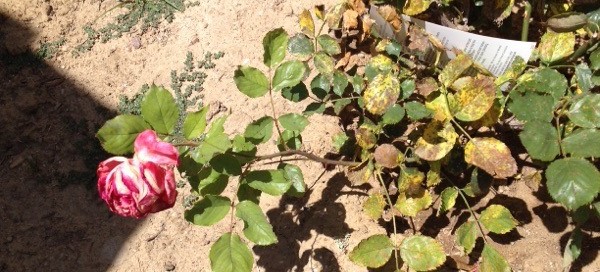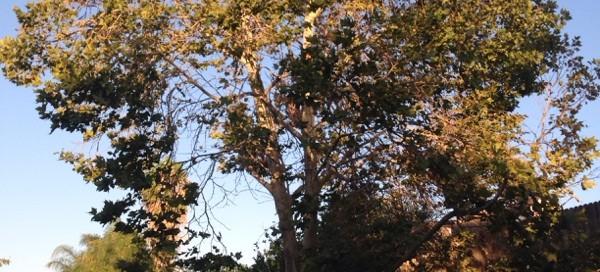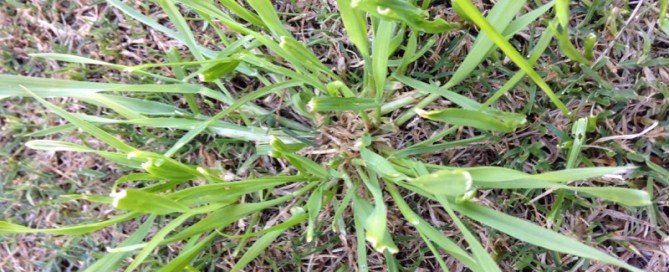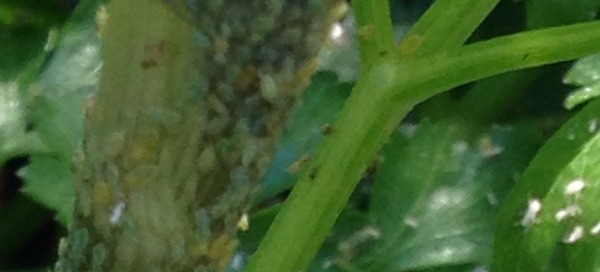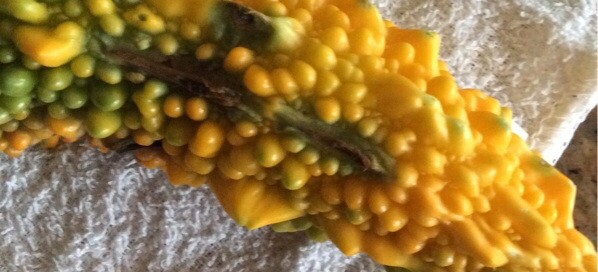Scale Insects Severe Infestation
This is a pretty bad infestation of sap sucking insects called scale. We haven't ID'd to species, but they are damaging the plant and will cause black sooty mold to grow. The insects excrete a sugary, sticky excrement called honeydew that is a perfect "food" for the sooty mold fungus to grow in. The sooty mold spores exist in the environment and won't kill the plant but will cut back on photosynthesis in the affected leaves. The bigger issue is the number of scale insects. They are difficult to control with pesticides because the adult insect body (the egg laying reproduction stages) are protected under the outer covering you see, and some contact-type products are not effective. If these are soft scale, a horticultural oil will usually work, but spray in the early evening to prevent sun scald. Otherwise you'll need a systemic pesticide that they will be taken up by the insects when they suck out the plant sap. Make sure it is formulated for your tree however. However, we also recommend you prune out the most infected branches (being careful to prune properly and for aesthetic value) to reduce the amount of pesticide you'll need to use and to reduce the number of pests that can reproduce. We've included a link with general info about controlling scale insects from the Univeristy of CA.
http://www.ipm.ucdavis.edu/QT/scalescard.html
